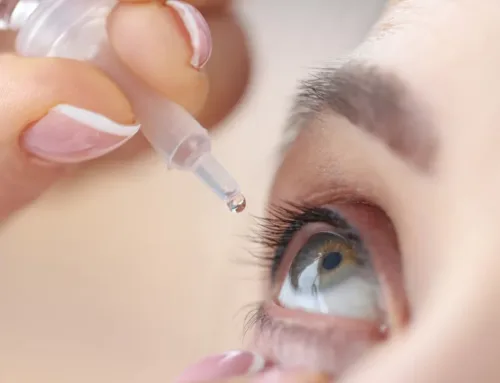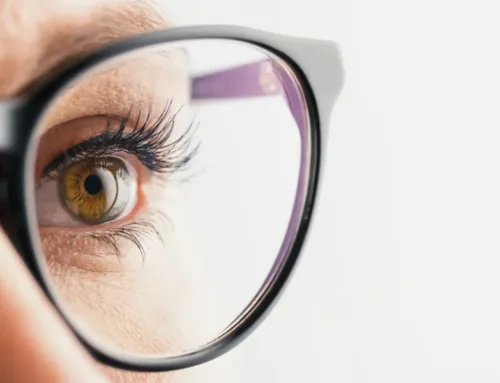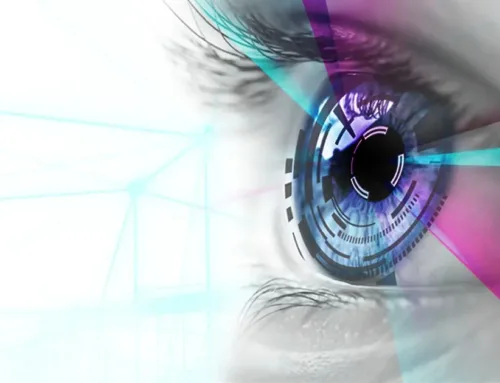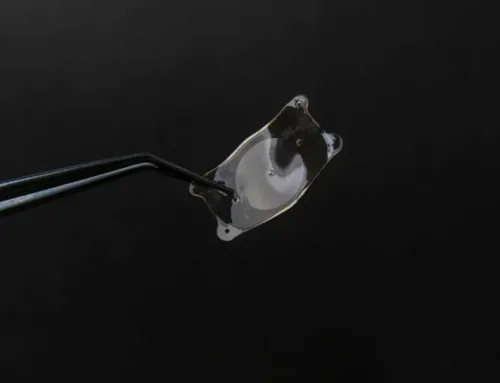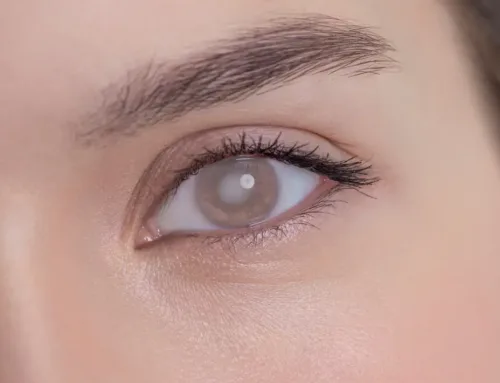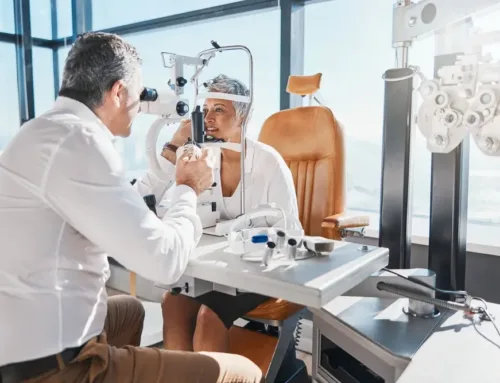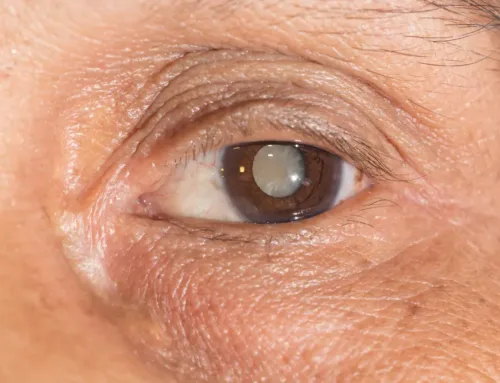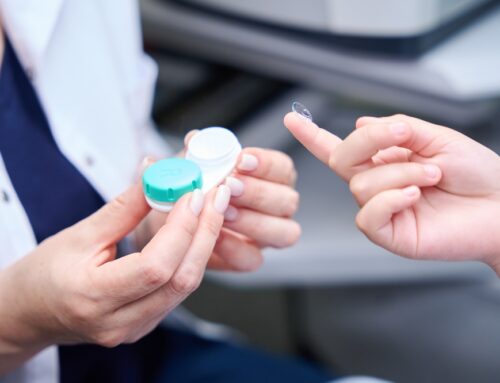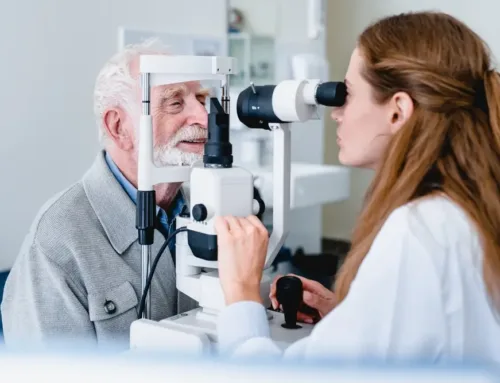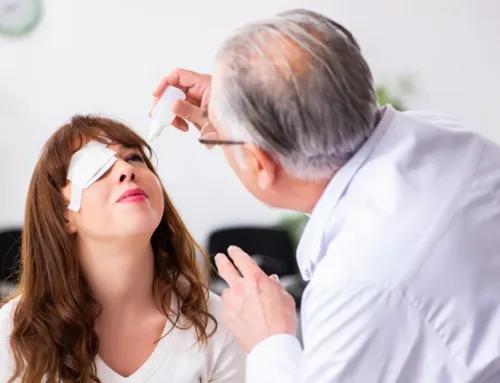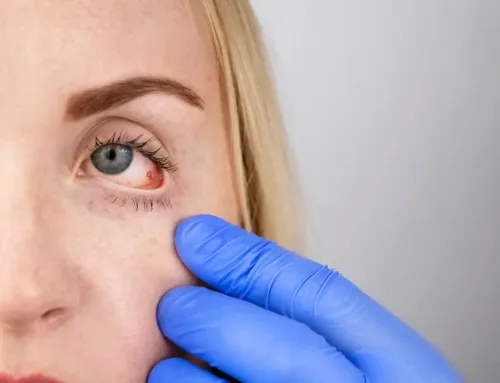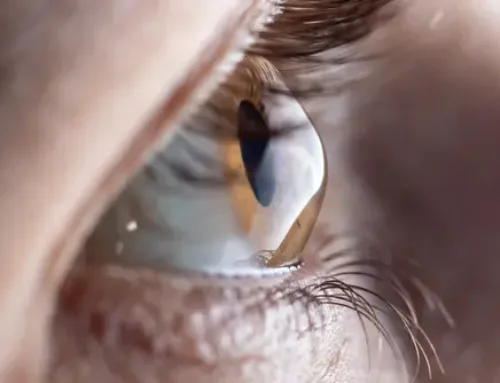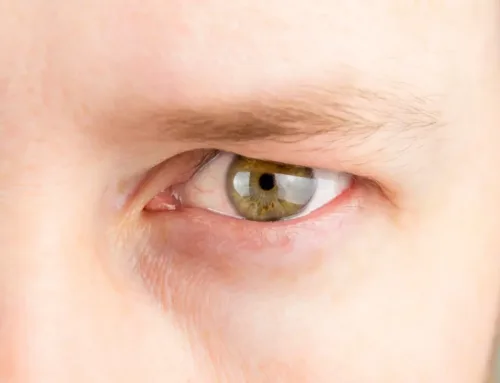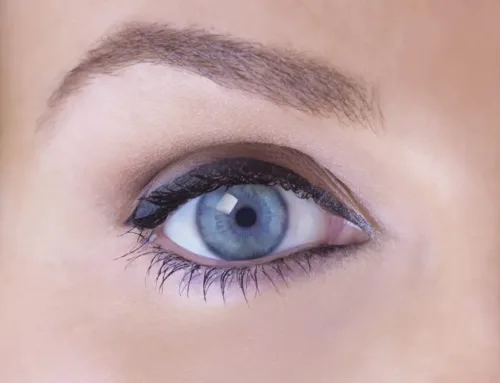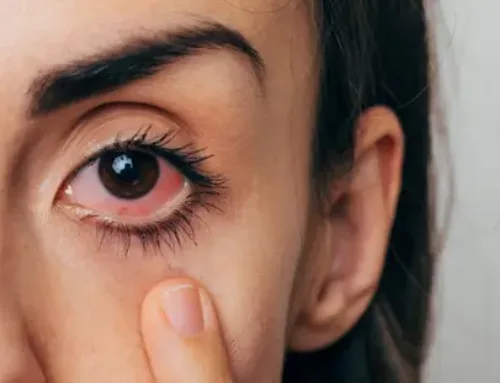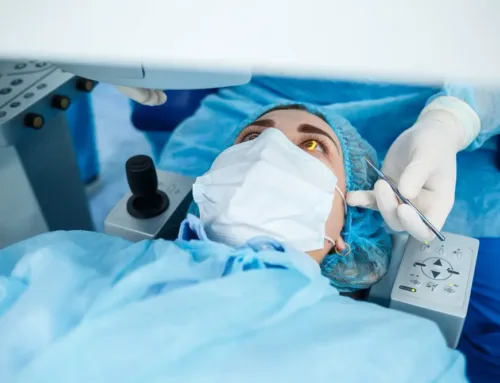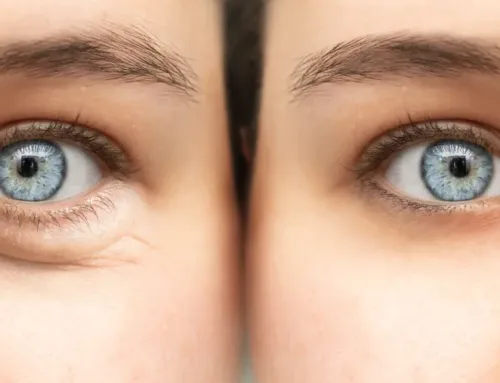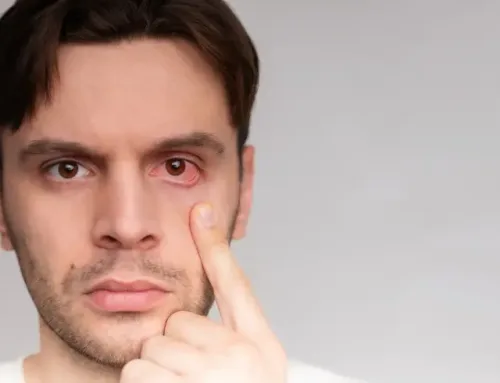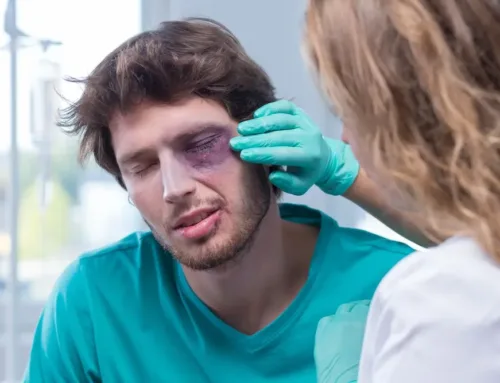The cornea is the outermost layer of the eye. This clear, dome-shaped surface covers the front part of the eye and serves two primary functions. These are:
- To protect the eye from dust, germs, and other potentially harmful substances. It also filters out some UV light before it reaches the eye’s more sensitive, inner parts. However, this doesn’t replace the need for UV filters in eyewear such as glasses or sunglasses, which should be worn too to obtain maximum protection for your eyes
- To support our vision. The cornea functions like a window, controlling and focusing the way that light enters the eye, refracting it so that it focuses onto the retina, which is a layer of light-sensitive cells at the back of the eye. From here it is converted into electrical signals that are sent to the brain
However, just like other areas of the body and our eyes, the cornea can be affected by disease. The term ‘corneal disorder’ is used to cover a variety of different conditions that can affect the cornea.
Common Corneal Disorders
There are a range of different corneal disorders that could affect the eyes, with some more common than others. Here are just a few of the most well-known corneal disorders.
Keratitis
This eye condition is characterized by the inflammation of the cornea that can occur in conjunction with an eye infection. The harmful microorganisms that enter the eye can cause unpleasant symptoms which include ulceration of the corneal tissue. Treatment for keratitis usually involves the use of antibiotic or antifungal eyedrops to eradicate the bacteria or fungi that have caused it.
Keratoconus
This progressive eye condition occurs when the cornea becomes thinner and starts to bulge outwards, changing the curvature that usually enables proper light refraction. It’s not always known why some people develop keratoconus and others don’t, but eye trauma, certain eye diseases like retinopathy, and even general diseases like Addison’s disease and Ehlers-Danlos syndrome can all increase your risk.
Fuch’s Dystrophy
This corneal disorder is characterized by the gradual deterioration of the innermost layer of the cornea. It’s more common in women than men, but it’s not always clear why it develops. Pain and blurred vision are the most prevalent symptoms, but eventually, patients may require corneal transplant surgery to restore their vision.
Symptoms Of Corneal Disorders
In many instances, the cornea is able to repair itself quite quickly, meaning that you might not even realize that there was an issue with it at all. However, significant injuries and diseases usually take a long time to recover from, meaning that professional intervention is recommended.
The most common symptoms associated with corneal disorders include:
- Eye pain
- Blurred vision
- Excessive tearing of the eyes
- Redness
- Extreme sensitivity to light
- Corneal scarring
If you notice any of these symptoms, it’s important to make an appointment to see an ophthalmologist so that your eyes can be evaluated.
Your ophthalmologist will be able to assess your eyes for signs of corneal disease using specialist equipment. This could include a slit lamp, which enables your ophthalmologist to take a closer look at the structures of your eye, including the corneal. Advanced diagnostic topography may also be used. This is where advanced imaging technology is used to take a comprehensive, high-resolution 3d image of the surface of your cornea so that it can be assessed for any abnormalities.
If you have questions about corneal disorders & treatment, contact Treasure Coast Eye Specialists at our offices in Saint Lucie or Stuart, Florida. You can call 772-400-2400 or 772-286-0007 today to schedule an appointment.


